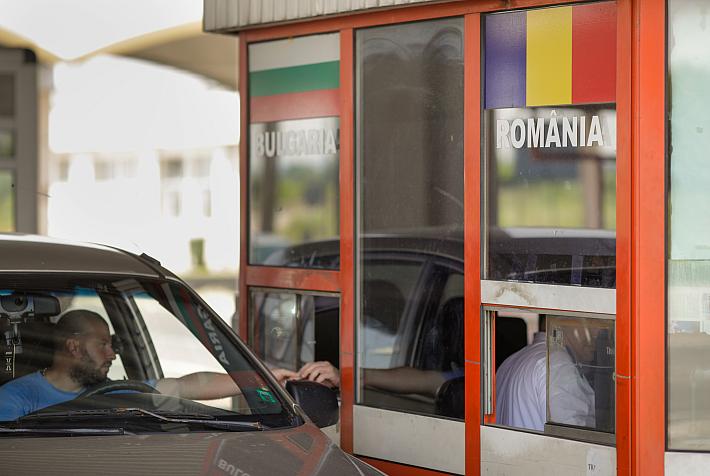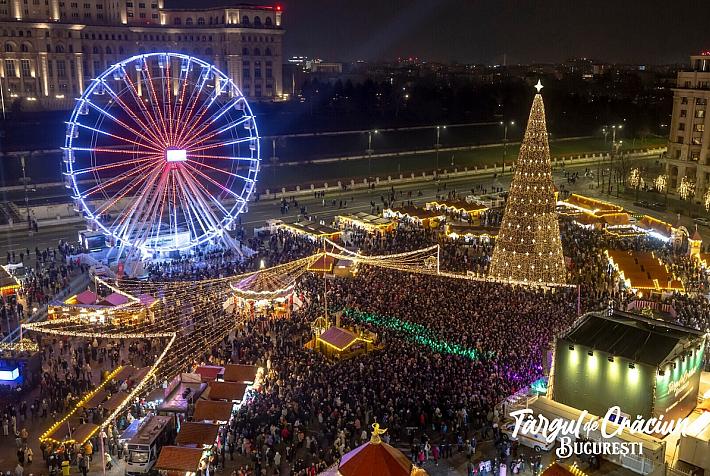Average age of Romanians up 4 years to 41 years over past two decades

In the last five years, the share of the young population aged less than 15 in the total population has gradually declined, reaching 14.8% in 2018, according to an analysis by EY and published on July 3, quoted by News.ro.
On the other hand, the number of Romanians aged 65 and over exceeded the number of those under 15 since 2014. The average age in Romania has consequently increased by about 4 years during the last two decades, reaching 41 years in 2018.
Cities are often perceived as the place hosting younger population, but the reality is that many Romanian cities now have an aging problem, the EY study finds. Thus, compared to the national average, the average age of the inhabitants of the Romanian cities with more than 100,000 inhabitants is above average, 42.3 versus 41.2 average, according to EY.
Furthermore, the average age increases even more for large, first-tier cities, although they usually benefit from the existence of anchors, such as the various institutions and universities, hospitals or cultural objectives that all represent an attraction for young people.
On the other hand, second-tier cities offer some of the dynamism of their larger counterparts, but at a lower cost. This situation has created an opportunity mainly for young people in large metropolitan areas looking for lower cost of life, avoiding crowding and cheaper access to entrepreneurial resources.
In this context, it is important to note that the average age of the rural population is lower than that recorded in urban areas (40.7 years in rural area vs. 41.6 in urban area) in 2018.
(Photo: Pixabay)
editor@romania-insider.com













